10 Movies That Are Surprisingly Scientifically Accurate
Movies play fast and loose with science, the spectacle-wearing buzzkill that tells Hollywood’s directors to put away their toys and play sensibly. However, some filmmakers use science as a badge of honour to ensure their movies are legit – even movies you’d never expect to be scientifically accurate…
Warning: spoilers!
‘Interstellar’ (2014)

Yes, ‘Interstellar’: the movie whose last act sees Matthew McConaughey trapped in a giant 3D accordion of space and time. Everything up to its absurd ending, however, is more or less accurate: time can indeed be warped in space (something about bodies with larger mass having a bigger impact on time), and the black hole of Gargantua as depicted in the movie, specifically its “gravitational lensing”, was simulated to an accurate degree – if you ever got close enough to a black hole, this is what it’d look like. Still waiting on science to serve up some of those sassy robot sidekicks, though.
‘Contact’ (1997)
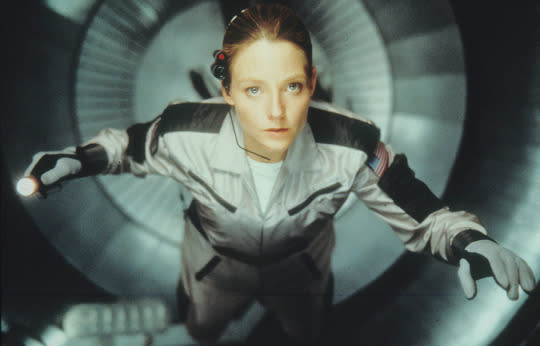
This underrated sci-fi classic from Robert Zemeckis shares a science advisor with ‘Interstellar’ in the shape of Kip Thorne, the American theoretical physicist who helped stargazer Carl Saga pen the novel on which the film was based. Thorne’s theories on wormholes, as used in the movie, are well-documented to be the most accurate hypotheticals in the field of space travel. Of course, like ‘Interstellar’, ‘Contact’ ends by tossing science out the window in favour of a gooey, fantastical ending, at which point Mr Thorne presumably picked up his cheque and left with a big smile on his face.
‘Sunshine’ (2007)

Before he was TV’s Mr Science but after he was the keyboard player in 90s dance outfit D:Ream, Dr Brian Cox was just a humble physicist working on the Hadron Collider at CERN, who occasionally offered his services as a movie consultant. It was Cox who came up with the science that drives the plot of Danny Boyle’s intergalactic thriller: the sun is dying due to a particle called a ‘Q-ball’ that’s been floating around in space since the Big Bang, and it needs to be removed. By a nuclear explosion. Really? Cox consulted other CERN colleagues to get the science if not 100% legitimate then at least wholly believable; when asked if the plot was theoretically possible, he replied: “Just about, yeah.” Chilling.
‘Her’ (2013)
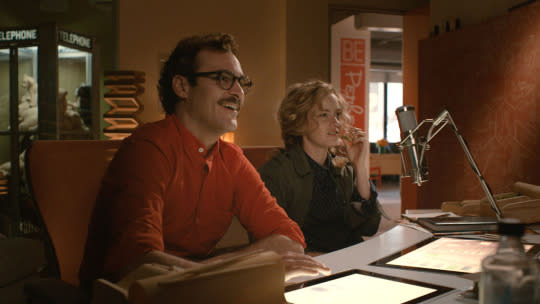
It’s every male nerd’s dream: a computerised girlfriend with the voice of Scarlett Johansson that’ll organise his life (or lack thereof) during the day and whisper sweet nothings in his ear at night. According to Stephen Wolfram, whose software powers Apple’s digital geisha Siri, an all-powerful operating system like Samantha is inevitable: “The mechanics of getting the AI to work, I don’t think that’s the most challenging part,” he says. “The challenging part is, in a sense: Define the meaningful product.” In other words, the tech already exists, it’s only a matter of time before someone is able to combine it all into one perfect package. If product developers want to avoid nerds using their AI for bedroom purposes, we suggest they have someone like Katie Hopkins provide the voice.
‘Minority Report’ (2002)
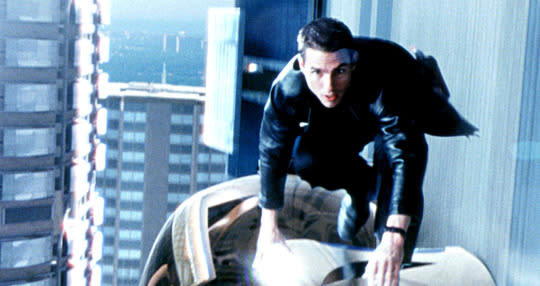
Spielberg consulted with scores of scientists and marketing experts for his adaptation of Philip K Dick’s cyber-thriller, and although the central conceit of the “Pre-Cog Crime Department” is complete fantasy, the world he built around it may soon be revealed to be scarily close to the truth: every piece of science-based tech you see is based in reality. “I wanted all the toys to come true someday,” said the director. He’s already halfway there. Driverless cars are on the fasttrack; ads get more personal and intrusive every year; cryogenics is seen to be an increasingly legitimate practice; even the police force’s “sick sticks” are based on existing tech. Next up: those weird little robot crab things.
‘2001: A Space Odyssey’ (1968)
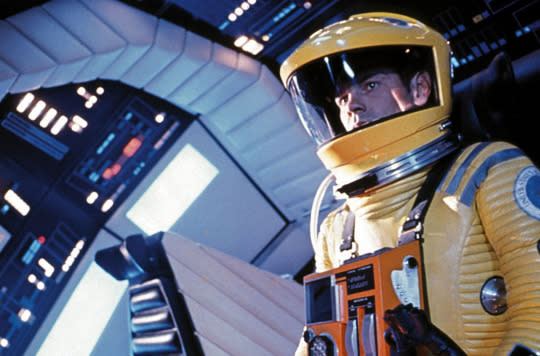
Kubrick was well-known as a filmmaker who didn’t fudge the facts, and he took no short-cuts on his ‘Space Odyssey’, going to great lengths to accurately portray a manned space mission – and it’s worth bearing in mind that ‘2001’ was released a whole year before the actual Moon landing. “Kubrick paid attention to science,” says ex-NASA scientist Peter Norvig. “They didn’t cheat and have instantaneous transportation all the way across the solar system.” Also present and correct: the space station’s crucial centrifuge; the plane-like shuttle; the cold silence of space; and a faultless interpretation of zero gravity. And don’t forget HAL, essentially a proto-Siri albeit with a few more homicidal tendencies, but a chillingly plausible take on modern artificial intelligence all the same.
‘Eternal Sunshine Of The Spotless Mind’ (2004)

Erasing sections of your memory permanently like you do the history of your web browser? Sheer fantasy, right? Wrong. New York neuroscientist Joseph LeDoux says the science in the wonderfully twisted Michel Gondry movie is “not so far-fetched as you might think”. Sure, he’s been experimenting on rats and not spurned ex-lovers, but his results are fascinating; rather than erase long-term memories as in the movie, LeDoux has managed to erase unconscious memories in rodents with drugs, such as times where they’ve had a fearful experience. We’re still a long way off from wiping our minds clean like hard drives – well, unless you count the traditional method of 12 pints of Guinness.
‘Contagion’ (2011)
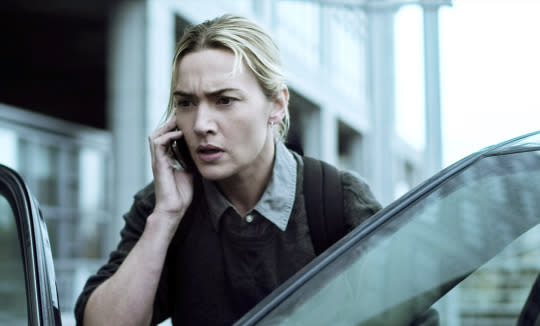
Leave it to realist Steven Soderbergh to come up with an accurate take on the classic ‘spread of disease’ disaster movie – Hollywood would have you believe plagues are spread by monkeys and vampires, but Soderbergh knows the truth is far more terrifying: it’s handshakes, coughs and sneezes that’ll do us in. “’Contagion’ is an excellent movie in that it is willing to allow science to prevail over drama,” says vaccine co-inventor Paul Offit. “[The filmmakers] also do an excellent job of describing the phenomenon of fomites – that one can, in fact, transmit microorganisms very easily by shaking a hand or touching a martini glass or a door handle.” The boffin also recognised the most important part of any science tale worth its salt: “The heroes of the story are the vaccines.” Take note, Matt Damon.
‘Deep Impact’ (1998)

I think we all remember where we were in the summer of 1998: in cinemas, trying to figure out which was the better asteroid movie – ‘Deep Impact’ or ‘Armageddon’. Michael Bay’s bombastic effort ended up making more money, but Mimi Leder’s more reserved movie won the science vote. “’Deep Impact’ is almost a lesson,” says Tom Jones, NASA astronaut. “To find a movie that was accurate to asteroid physics was a nice surprise.” Meanwhile, you have ‘Armageddon’, which supposes – as Ben Affleck helpfully pointed out in his DVD commentary – that it’s easier to train oil drillers to become astronauts than vice versa. Something tells us that movie didn’t have too many NASA staff vouching for it.
‘Star Trek’
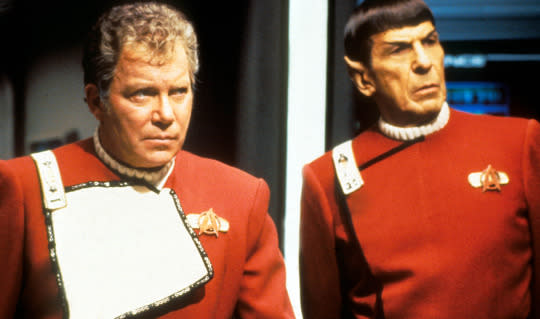
Yeah, Star Trek. We haven’t quite mastered travel at lightspeed yet, nor have we figured out if Mr Spock’s Vulcan nerve pinch can be replicated in laboratory conditions, but Gene Roddenberry’s sci-fi saga isn’t as out there as you might have thought. Given it originated in the 1960s, Star Trek predicted the use of Bluetooth technology, flip phones and tablets, GPS, USB storage and breakthroughs in medical science like the Diagnostic Bed as developed at the university of Leicester, which was inspired by Bones and co. Even the humble Tricorder was brought to life: 10,000 real TR-107 Mark 1s were created in the 90s before the company that created them went bust.
Read more:
10 Unusual Theories About Stonehenge
Celeb Weight Loss DVDs: Before And After Photos
What Happened To Brooke Shields?

 Yahoo News
Yahoo News 
